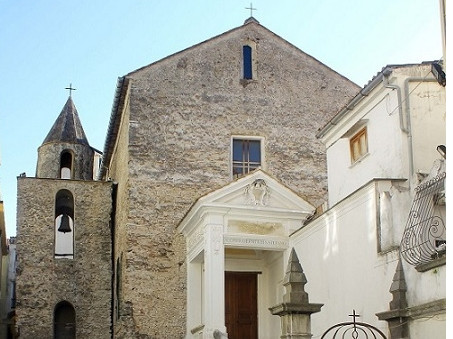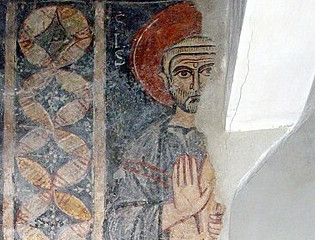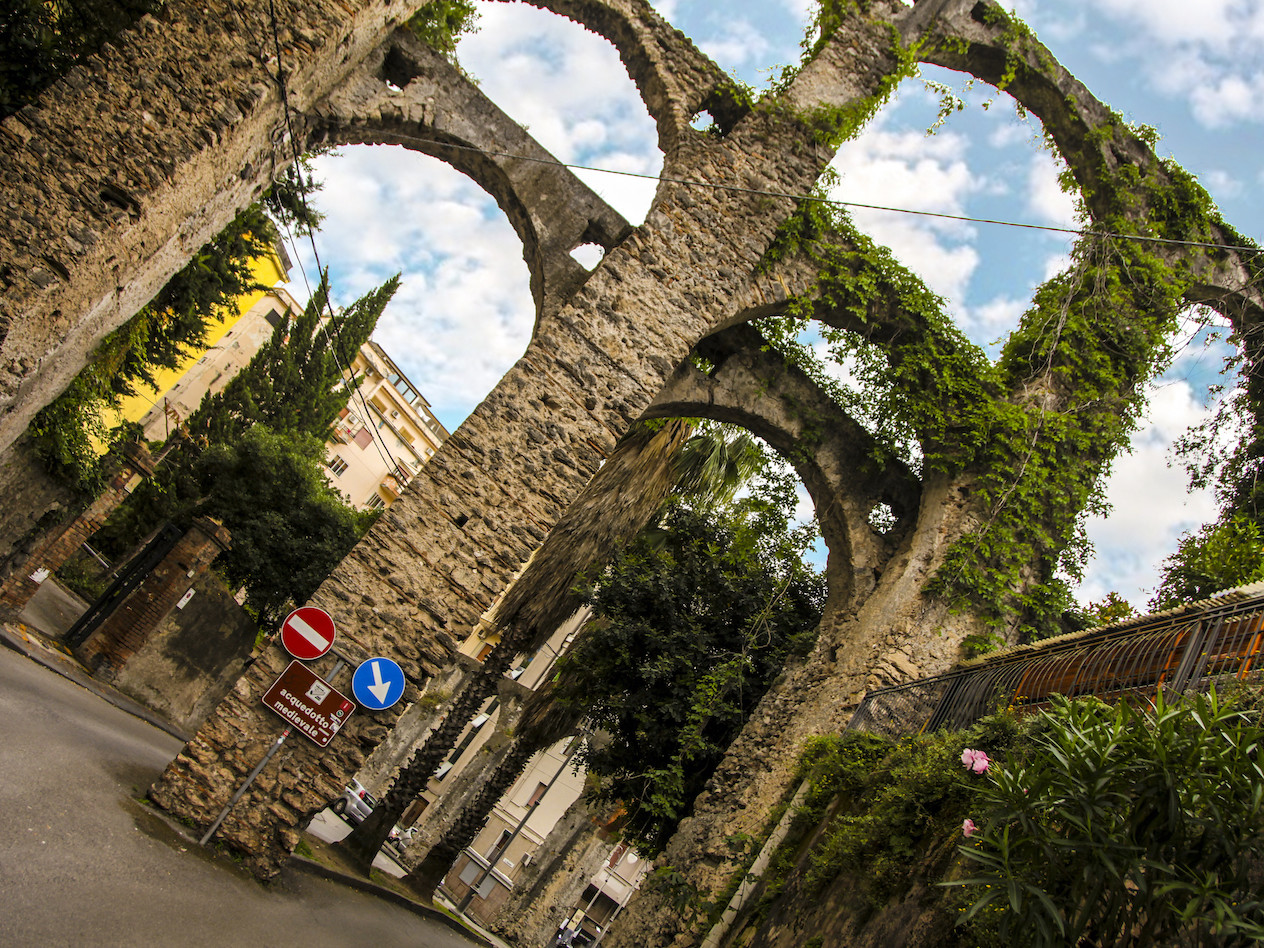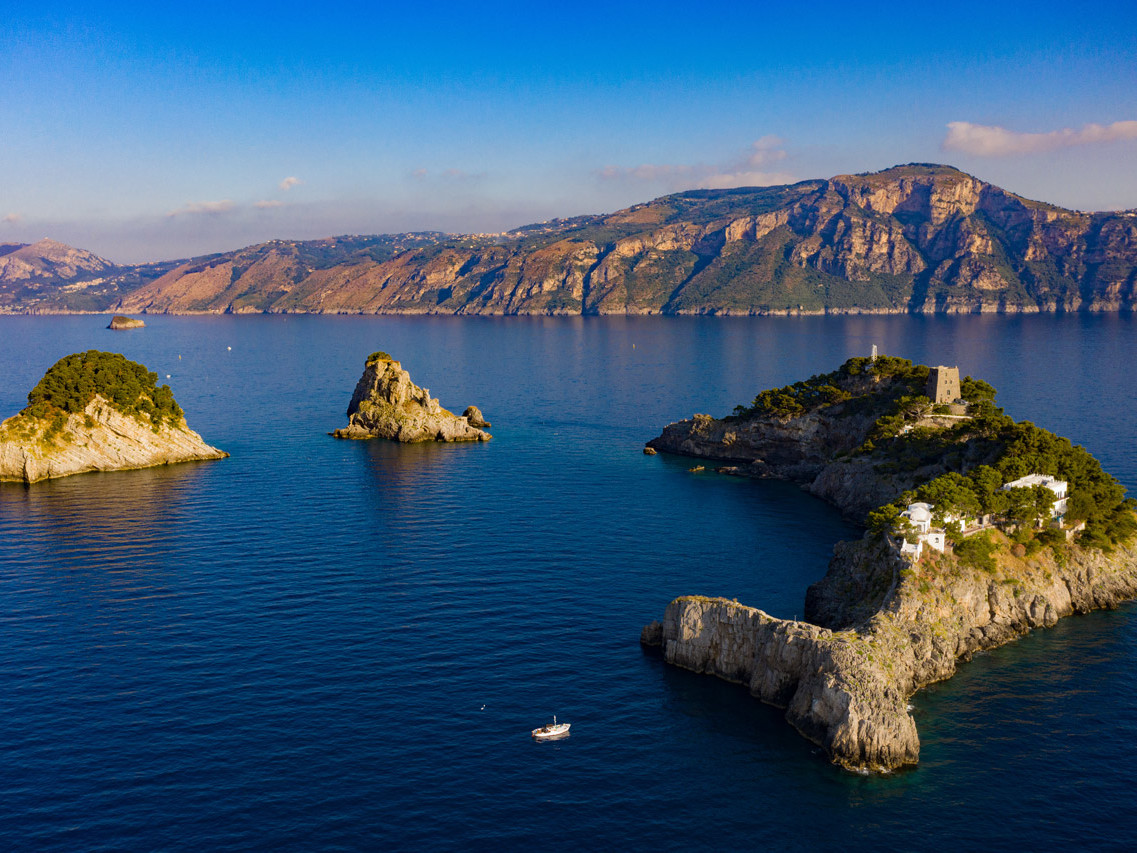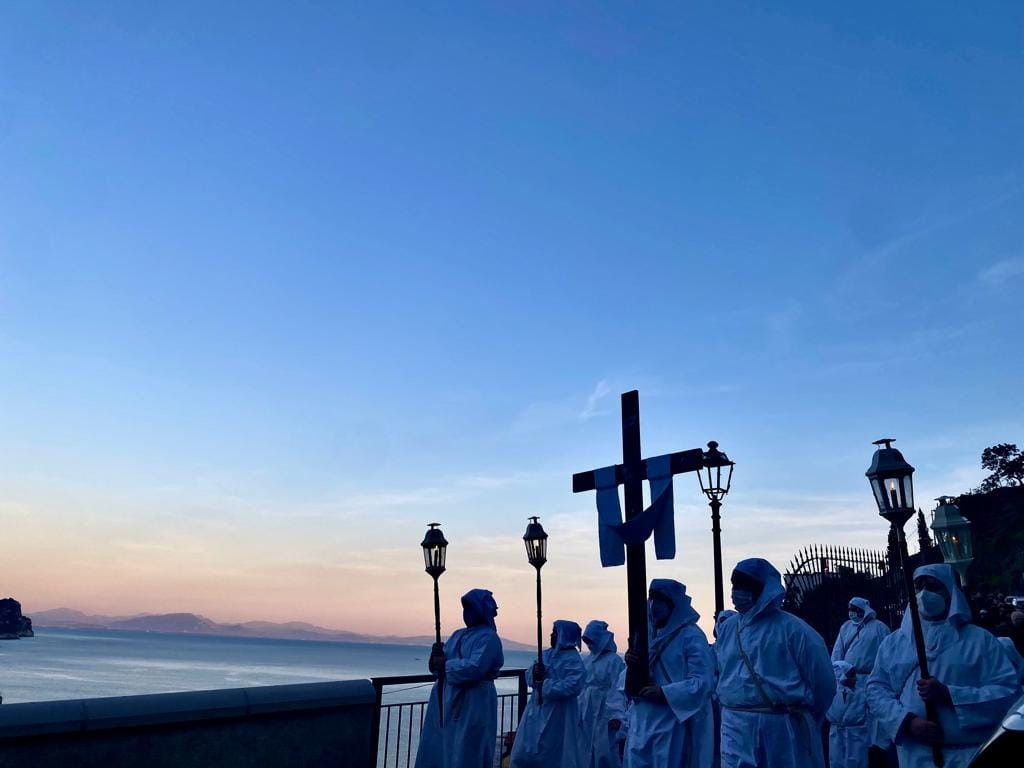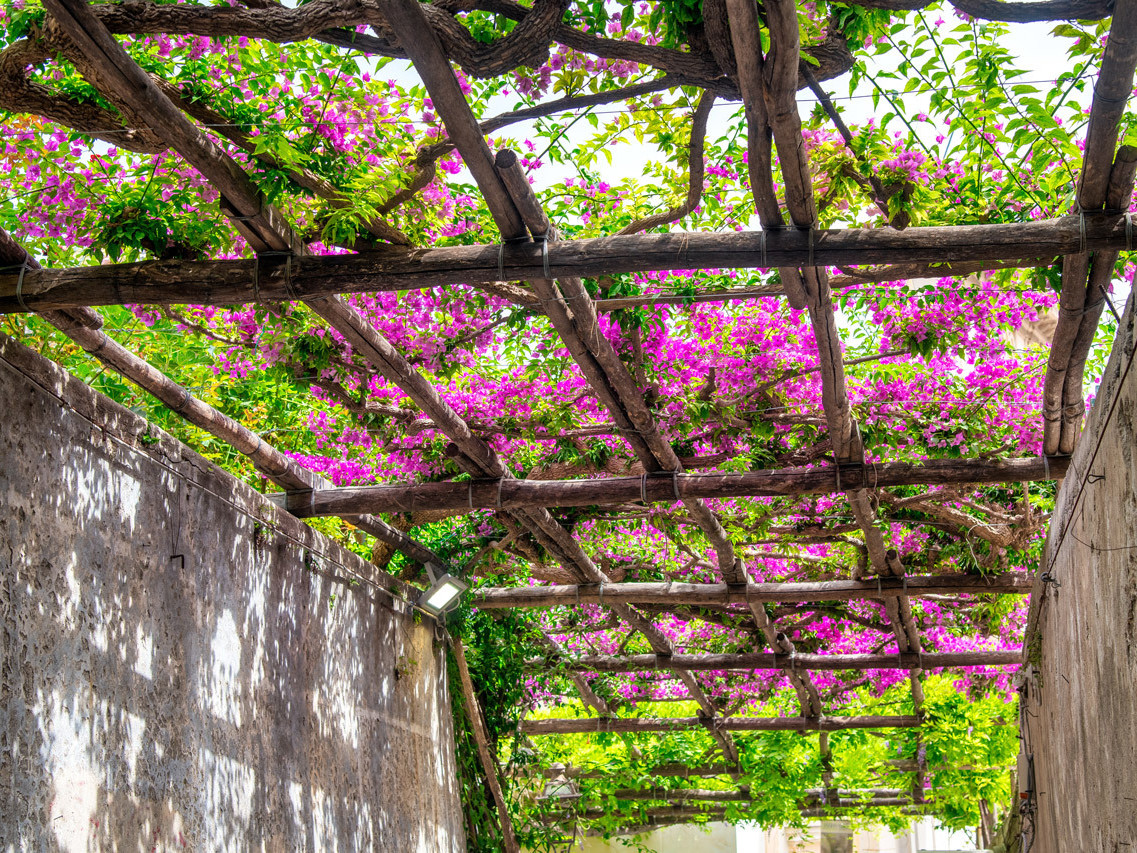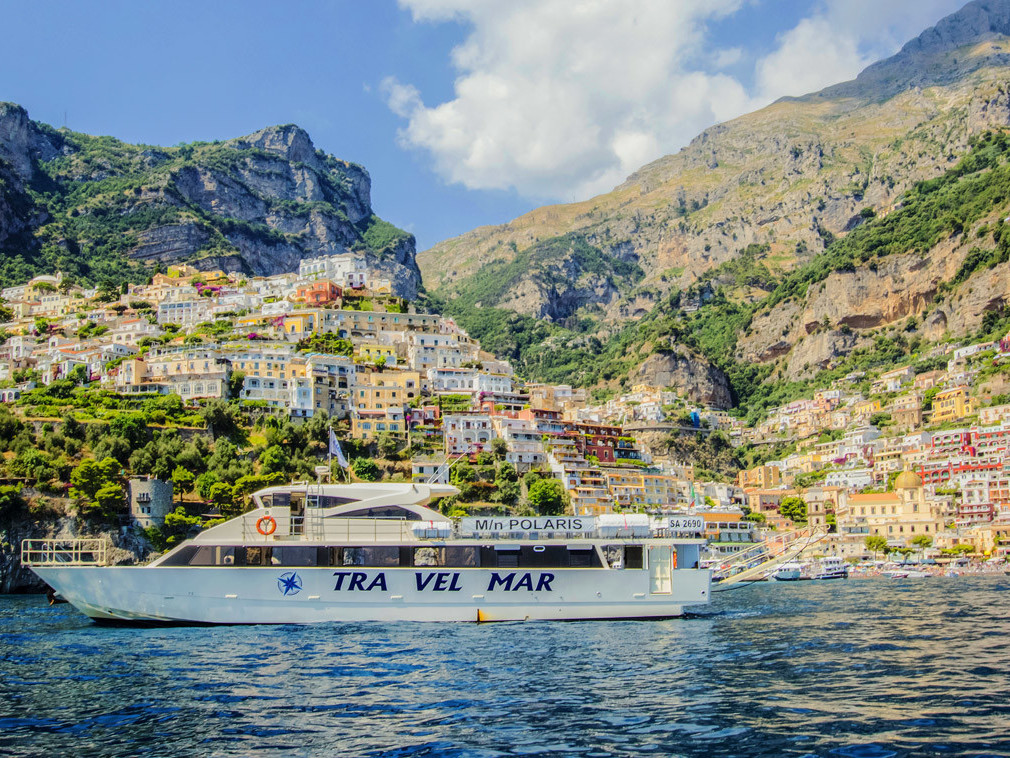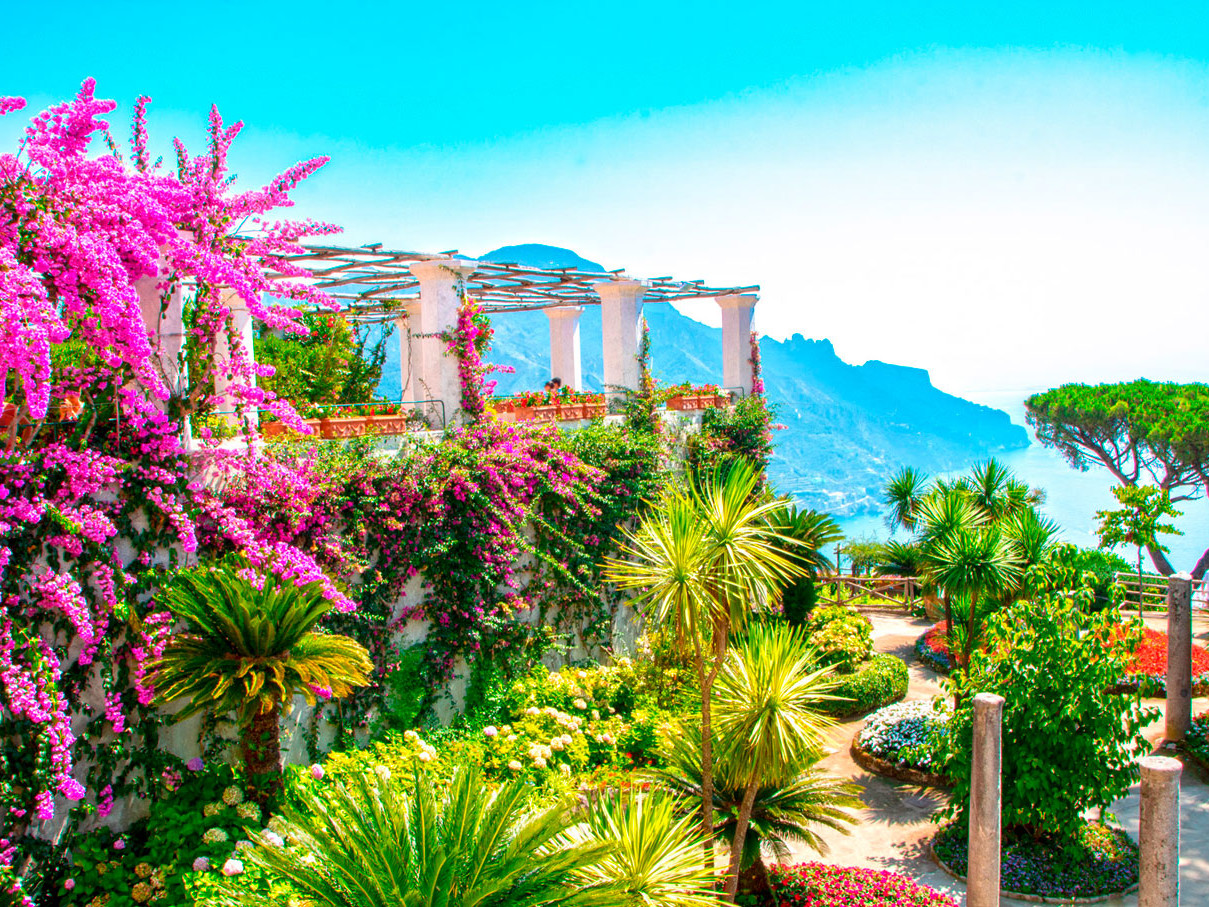LEGENDS AND HIDDEN GEMS OF SALERNO
Salerno is the gateway to the Amalfi Coast. A city with a long and articulated history, it is rich in fascinating places, less known to most but worthy of being valued and appreciated for the immense historical and cultural value they possess. If you want to know more, read on!
by Roberta Cascone
When one thinks of Salerno, the Trieste waterfront and the famous Christmas Luci d'Artista event immediately come to mind: but in fact the city is much more than that! The ancient capital of the Principality of Salerno, it played a major role during the Middle Ages under Lombard and Norman rule, traces of which still remain in the modern city. It was the Lombard duke Arechi II who enlarged and fortified the city (the Castle of Arechi can still be visited today) and also gave it a strong cultural and urban planning boost. It was also at this time that the Salerno Medical School was founded, considered the first and most important medical institution in Europe in the Middle Ages and the forerunner of modern universities.
Salerno still possesses traces of this grand phase of its history: let's see what they are and where they are!
share this article
Salerno
The Langobard Salerno
In medieval times the Principality of Salerno was very large and also included the territories of the principality of Capua, northern Calabria, and the cities of Avellino and Taranto. The city therefore was the capital of the Lombard principality and remained so until the arrival of the Normans between the 11th and 12th centuries.
It may seem incredible to you, but today you can still touch the traces of Lombard rule. This is possible in the monumental complex of San Pietro a Corte, the only archaeological evidence of Longobard palatial architecture. This structure, too, is owed to Arechi II, who had a palace with a chapel built right on the remains of a Roman-era building, including a frigidarium (the room dedicated to cold-water baths). Over the centuries a bell tower and staircase were added to the chapel, while inside mullioned and single-lancet windows from the Lombard period are still visible.
Longobard traces are not only limited to architecture, but there are examples in painting as well! In the Church of Santa Maria de Lama, in fact, there are ancient Lombard frescoes dating back to the 11th century that constitute the only evidence of Lombard painting in Salerno. In particular, we recognize the figures of St. Bartholomew and St. Andrew, both portrayed in the gesture of blessing.
San Pietro a Corte and a fresco in Santa Maria de Lama Church
The Norman Salerno and the legendary Wizard Berliario
Norman rule also left many traces in Salerno: it was during these years that the Cathedral dedicated to St. Matthew, a beautiful example of Romanesque architecture, was built. Also from the same period are the Devil's Bridges and the Church of the Holy Crucifix, both linked to the legendary figure of the Wizard Barliario. But who was this "magician"?
His name was Pietro Barliario and he really lived in Salerno in the 12th century. Many stories and legends are told about this character, probably an alchemist: for example, it is said that he was able to fly and that he had relations with demons from hell!
Legend has it that the Wizard wagered to build an aqueduct in a single night; to do so he asked the help of Lucifer's infernal court. Lucifer sent him a thousand devils to help, on the condition that all the roosters in the city be killed, because their crowing would be harmful to the demons. Barliario had all the roosters killed, but one survived, and at dawn this one sang. Then the devils escaped, but in their flight they threw two large boulders into the sea, which ended up off the coast of Positano, where they still stand today: these are precisely the islets called "Li Galli" (literally “the roosters”)! The aqueduct built in one night by the Wizard with his devils can also still be seen in the center of Salerno: these are the so-called Devil's Bridges, a medieval aqueduct that brought water from the hills north of the city to the Monastery of St. Benedict, now home to the Provincial Archaeological Museum.
But the legends around the Wizard Berliario do not end there! It is said that at a certain point in his life he repented of all his sins: he spent nights and days in penance in front of an image of a crucified Jesus, who finally bowed his head in forgiveness. And it was to celebrate this miracle that a church dedicated to the Crucifix was built and a fair was established. The church is very beautiful inside: it has three apses and three naves, separated by columns with round arches, and there are 16th-17th century frescoes under the altar. The wooden crucifix of the legend, however, is on display in the Diocesan Museum of Salerno.
The Devil's Bridges and "Li Galli" islands
The unique pieces of the Salerno Diocesan Museum
Another place where you will be able to trace the history of Salerno and Campania from the Middle Ages to the 18th century is the San Matteo Diocesan Museum. The museum contains works of art of enormous interest that in the 1930s Monsignor Arturo Capone located inside the sacristy and chapel of the Treasury of Salerno Cathedral.
The centerpiece of the collection is definitely the "Salerno ivory cycle": these are 67 ivory plaques, found in the Cathedral, depicting scenes from the Old and New Testaments and which, thanks to their excellent state of preservation, constitute the most important decorative ivory cycle in the world. Just think that some of these are even preserved in the Louvre in Paris and New York! Other unique pieces are the illuminated Exsultet scrolls dating from the 13th century and the room of Renaissance paintings, including those by Andrea Sabatini, known as Andrea da Salerno.
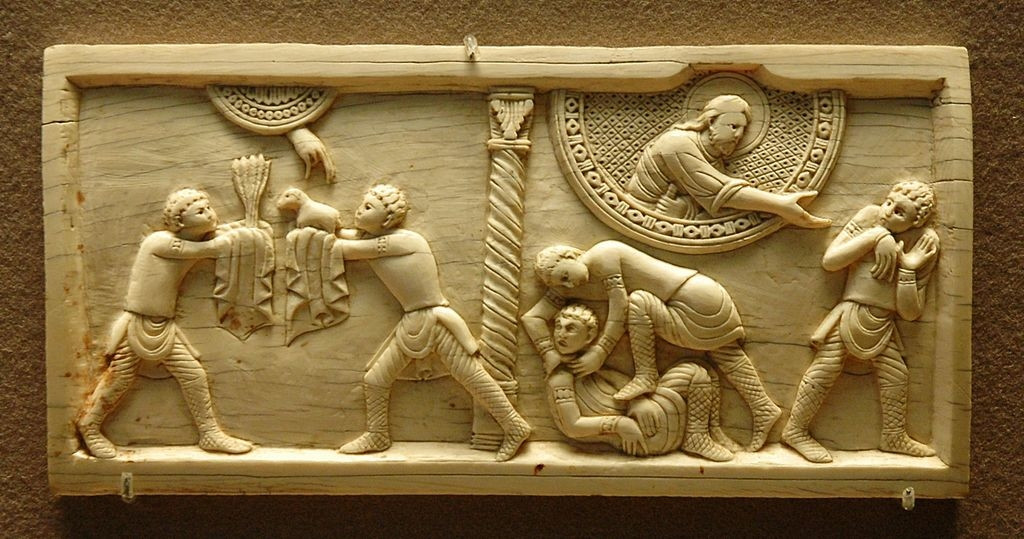
Salerno Ivory plaque of the Louvre Museum. Ph. by wikipedia.it
The baroque Salerno
A few hundred meters from the cathedral is what has been judged as "the most beautiful Baroque church" in Salerno, namely the Church of San Giorgio. Although the origins of the complex are Lombard, it was decorated inside by the great Campanian painters of the 17th and 18th centuries, including Angelo and Francesco Solimena and Andrea da Salerno. In addition, during the restoration following the 1980 earthquake, the remains of a 10th-century frescoed apse emerged below the current floor, made visible through an electrical device that raises the floor.
In short, Salerno is truly mysterious and full of surprises! Every church has its own story, every corner might reveal a secret: don't stop at appearances, go discover the city's most hidden gems! You will surely not regret it!
share this article
- The coat of arms of Salerno is a Samnite shield, depicting the figure of the patron saint St. Matthew at the top and a series of red and gold bands at the bottom.
